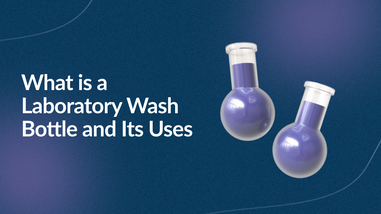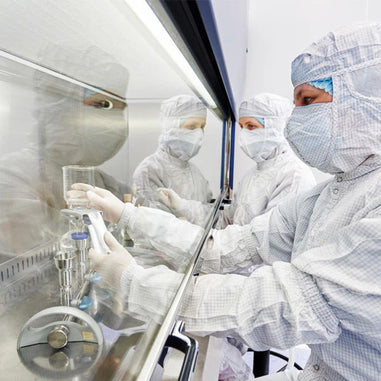- No products in the cart.
Because solar panels have such a long lifespan, the need for disposal has been minimal so far. This is because the majority of solar panels that have been manufactured to date have not yet lived out their full lifespan. However, as a technology that began its boom in the 90s, the day is quickly approaching when disposal options for older units need to be available. Eventually, all current units will become outdated or replaced.
Many eyes are on thin-film CIGS (Copper Indium Gallium Diselenide) solar cells due to the valuable metals used to make them. Indium and gallium are rare elements and require recycling of CIGS solar cells to ensure future supply. However, re-purifying these metals from solar cells has proven difficult. In this post, we will go discuss recycling CIGS solar cell waste materials and how it can benefit both the environment and your bottom line.
What are CIGS solar cells?
CIGS photovoltaic cells contain a thin-film layer of semiconductor material, Cu(In,Ga)Se2 in its chemical name. It is highly absorbent even in a very thin layer, allowing it to compete with other materials like silicon for use in solar cells. Furthermore, it is fairly affordable to make and can be mounted on a wide range of materials, including glass or plastic, without the use of high heat.
All of these features make CIGS solar cells a competitive and efficient option. However, their affordability can be undermined if the valuable and rare materials they need are used up. Indium and gallium, in particular are important to preserve in order to keep CIGS cells feasible. Other combinations of these metals (such as CIS and CGS) have proven less effective than the CIGS combination. Almost all of the components of CIGS solar cells can be reused if isolated with high purity.
How does recycling CIGS solar cell waste materials help?
Recovering the elements in CIGS solar cells will be important in the future of solar cell manufacturing. First, because these cells contain rare elements, recovering and reusing them will be important to keep raw material costs down. If these elements are depleted (by not recycling), their value will increase and eventually drive up the cost of CIGS solar cell production. This would be bad news for the CIGS solar cell industry – both for consumers and manufacturers.
In addition to the financial impact of recycling CIGS solar cell waste materials, there are also environmental benefits. As with any recycling, reducing the amount of (potentially toxic) waste in landfills will always help ease the burden of human life on the planet. By separating and recycling the materials in CIGS solar cells, we not only reduce waste but also re-use it for the generation of more green energy.

How to recover valuable elements in them?
Essentially every part of a CIGS solar cell can be re-used if isolated. The problem with extracting materials for re-use is the purity. Over the last few years, large strides have been made to find methods that will increase the amount of material that can be recovered.
Selenium can be recovered as selenium dioxide by heating the CIGS units to incredibly high temperatures (800°C) in oxidizing conditions. A second reducing step by either an organic molecule or sulfur dioxide can then be used to yield high purity selenium. Using this method, the recovery of almost all the selenium in the cell is possible.
The remaining metals copper, indium, and gallium can also be separated with good recovery. Indium and gallium can be recovered from CIGS cells with chlorination using ammonium chloride. The CIGS cell can be heated to 260°C to chlorinate gallium, then 340°C to chlorinate the indium, and then above 400°C to generate chlorinated copper. These separations in temperature were calculated to allow for separation of the metals. These chlorinated metals can then be purified from chloride solutions to yield copper, indium, and gallium with high purity and high recovery.
As many of today’s solar panels reach the end of their life, it’s important to consider how their waste will be dealt with. Recycling CIGS solar cell waste materials is not only possible, but also profitable. Since many of the materials used in CIGS solar cells are valuable and can be reused, their extraction will be highly beneficial. Getting your facilities set up for CIGS recycling today will position you as a leader of tomorrow. A reliable supplier will help you get there.
__
For over 40 years, Lab Pro has been committed to delivering a complete laboratory solution by offering the highest quality products, cutters, tweezers, and microscopes to solar panel production laboratories worldwide. Come visit the biggest Lab Supply showroom in the Bay Area, or contact us online or at 888-452-2776.
References:
https://spectrum.ieee.org/green-tech/solar/solar-energy-isnt-always-as-green-as-you-think
https://www.ncbi.nlm.nih.gov/pubmed/24472714
https://www.tandfonline.com/doi/abs/10.1080/01496395.2015.1053569












































